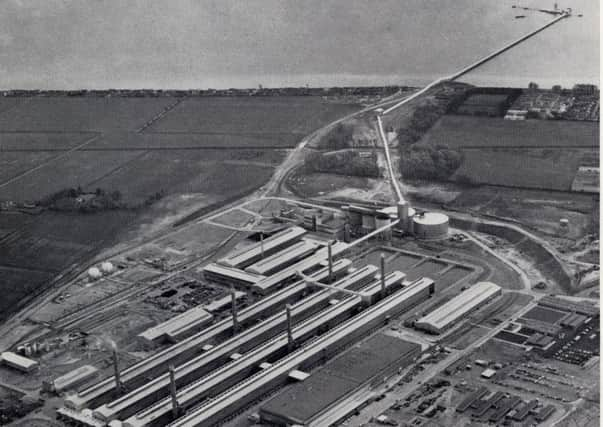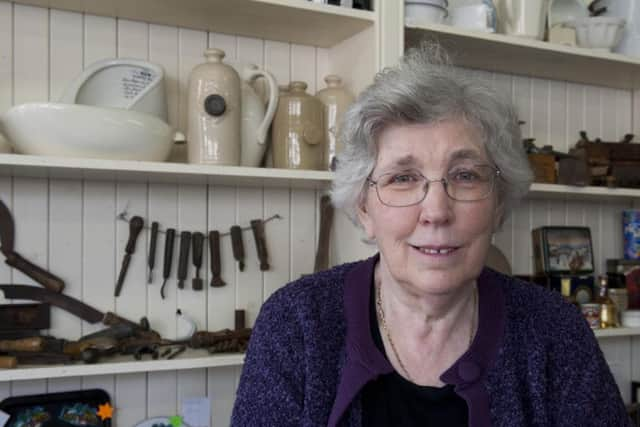How an aluminium smelter changed Invergordon forever


Now, on the 35th anniversary year of its closure, a project to chart the impact of the Invergordon smelter is getting under way.
However the social history project is not taking place in Invergordon where the industrial plant was sited, but in neighbouring Alness.
Advertisement
Hide AdAdvertisement
Hide AdThe building of the smelter saw Alness’s population grow by thousands within months and six housing estates were rapidly built in the town to accommodate the incoming workers.


Alness Heritage Centre has decided it is time to hear the personal narratives from those who were directly affected by one of the biggest industrial developments in the Highlands.
The museum has this week launched an appeal for people to come forward with their experiences and memories of the Invergordon smelter.
A series of meetings are to be held in Alness when local people will be invited to gather in order to share their recollections.
The end product will be a book – Alness in the Smelter Years – and hopefully an exhibition to coincide with its launch.


When British Aluminium closed the smelter without warning at Christmas 1981, after only 10 years in operation, it left 890 people jobless.
The closure was a massive blow to the Easter Ross economy which was blighted by high unemployment for years afterwards.
Advertisement
Hide AdAdvertisement
Hide AdJoan Ross, curator of Alness Heritage Centre, said that while plenty had been written about the statistics and economic impact of the smelter, what was missing was people’s personal stories from Alness.
Mrs Ross said: “What happened in Alness didn’t happen in many places – going from a small town to a massive industrial dormitory town.
“Six council housing estates were built very quickly, each of between 100 to 200 houses, and by 1974 the population of Alness had grown to 8400. Today it is around 5800.
“Many of the people who came were from Ayrshire, where the coal fields were shutting and great numbers of men were looking for work. The smelter made such a profound difference to the lives of so many in Alness and the Highlands.
“We have the facts and figures of the smelter, but we want to record for future generations the actual thoughts and words of the people involved.
“We would like to hear people’s memories about arriving in Alness, getting to know ‘the locals’, living in the town, and also the experiences of the locals getting to know their new neighbours.
“We plan to set up meetings in Alness Heritage Centre so we can discuss with people the building up of the smelter, the settling in phases, the building up of the local schools, and good or bad memories of how everyone got on together.”
Advertisement
Hide AdAdvertisement
Hide AdThe heritage museum has received a grant of £2500 from the Scottish Co-operative to help purchase recording equipment for the project.